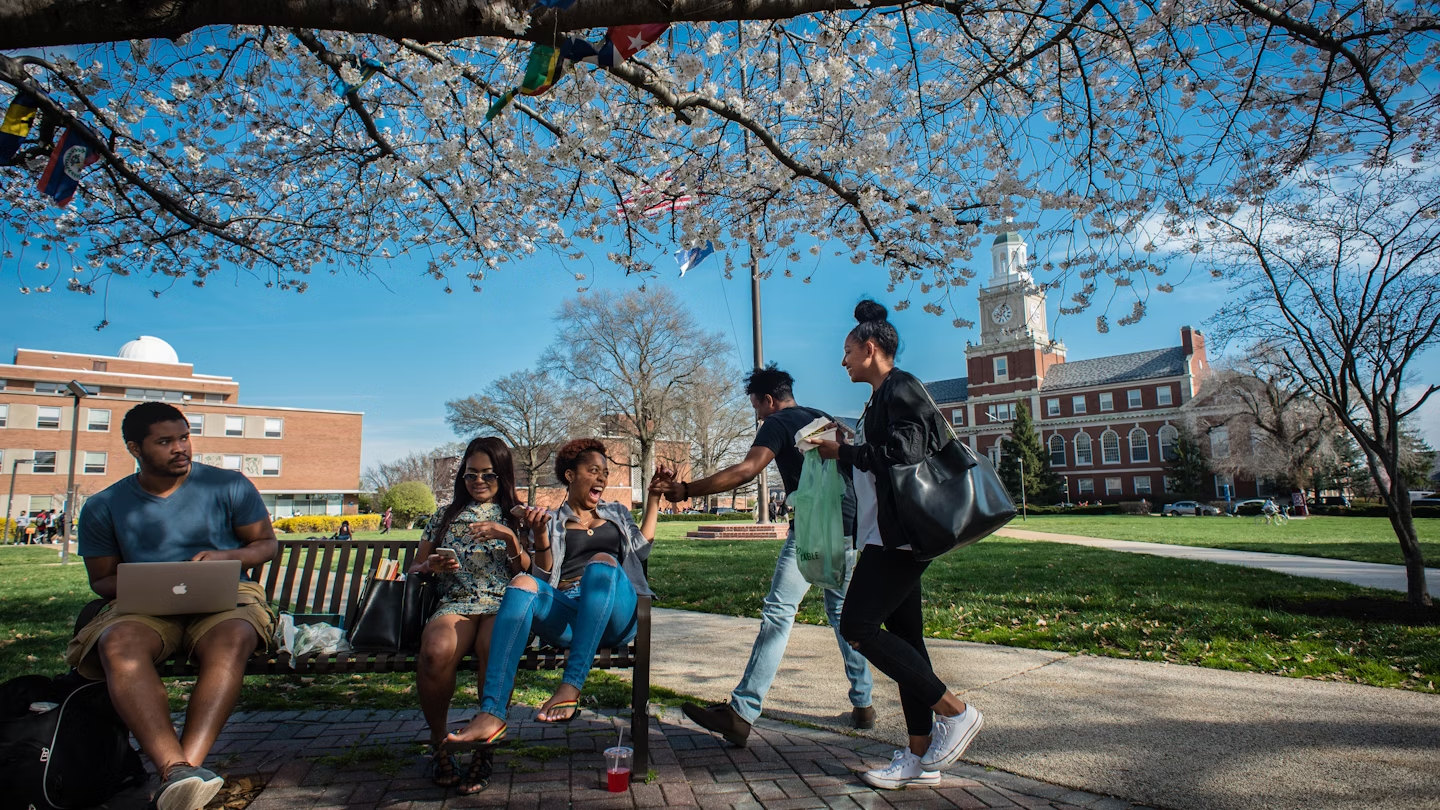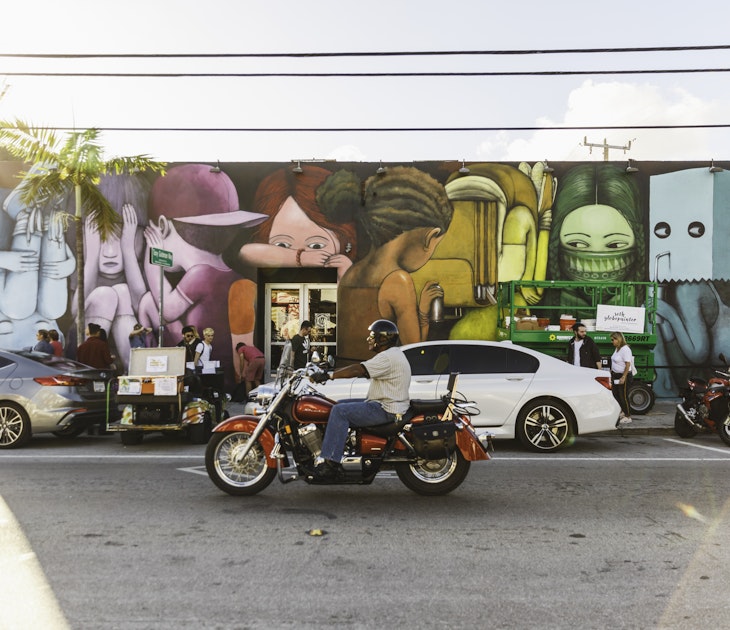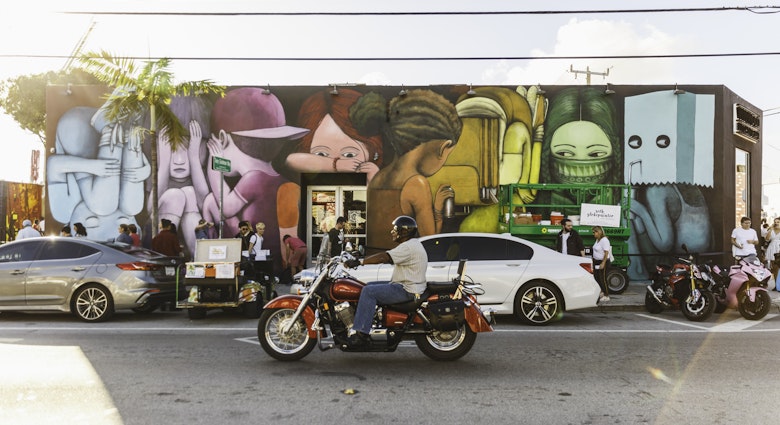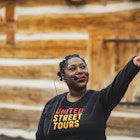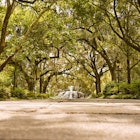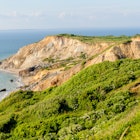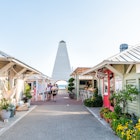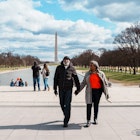Historically Black Colleges and Universities (HBCUs) have always served as a haven for young Black people with a dream. From the halls of these institutions of higher learning came some of the biggest and brightest figures in American history and these places of higher learning were and remain an integral part of the Black experience. The buildings and the monuments not only honor those who have come before but remind future generations of the cost it took to get here.
Here are 10 HBCUs in the United States to tour to learn more about Black history and culture:
Editor's note: Please check the latest travel restrictions before planning any trip and always follow government advice.
Howard University – Washington, DC
Founded in 1867, Howard University remains the nation’s most prestigious traditionally Black institute of higher education.
From the iconic Cramton Auditorium that has showcased musical guests from Parliament Funkadelic to Erykah Badu to WHUT-TV - the first Black-owned TV station in the country to the Gallery of Art which showcases Black art from all over the African Diaspora - history flows from every part of the Washington, DC campus.
Nowhere is that more evident than at Andrew Rankin Memorial Chapel. With its stunning stained glass windows etched with the likeness of great Black leaders, the iconic place of worship has welcomed prominent figures such as Martin Luther King Jr., Mary McLeod Bethune, Haile Selassie I, W.E.B. Du Bois and Eleanor Roosevelt. It was constructed in 1894-95 and today, is tucked away from all the action on campus which only adds to its peaceful setting.
Distinguished alumni: Thurgood Marshall (first Black U.S. Supreme Court Justice), Toni Morrison (Nobel Laureate), Kamala Harris (first female, first Black and Asian American vice president).

Hampton University – Hampton, Virginia
Founded in 1868 as the Hampton Normal and Agricultural Institute; Hampton University is located in Hampton, Virginia near the shores of the Chesapeake Bay.
One of the brightest spots on the 314-acre campus is The Hampton University Museum. Founded in 1868, it's the nation's oldest black museum and one of the oldest museums in the state of Virginia with over 9,000 objects from all over the globe filling its halls.
With branches extending well over 100 feet, Emancipation Oak is among the very first things visitors will see upon entering the campus. It was under this sprawling oak that Mary Smith Peake (the first Black teacher of the American Missionary Association) would teach the children of freed men and women. The tree was also the site of the first southern reading of the Emancipation Proclamation.
Distinguished alumni: Booker T. Washington (founder of Tuskegee University), comedienne Wanda Sykes, Rashida Jones (first African-American to lead a major cable news network - MSNBC).

Spelman College – Atlanta, Georgia
Located just five minutes from downtown Atlanta, Spelman College is the oldest private Black liberal arts college for women in the United States. Founded in 1881 as the Atlanta Baptist Women’s Seminary, the prestigious HBCU was renamed Spelman in 1924 to honor Laura Spelman Rockefeller and her parents Harvey Buel and Lucy Henry Spelman – longtime antislavery activists.
Though just 39 acres, Spelman’s campus is filled with trees and soothing green spaces. There’s nothing like seeing Alumnae Arch covered in green leaves in May as Spelman seniors walk through dressed in white.
Spelman’s Museum of Fine Art Museum has showcased and highlighted Black women artists since its inception in 1996.
Distinguished alumni: Dovey Johnson Roundtree (Civil Rights activist, attorney, minister), Stacey Abrams (political figure), Alice Walker (Pulitzer-award winning author); Keisha Knight Pulliam (actress).
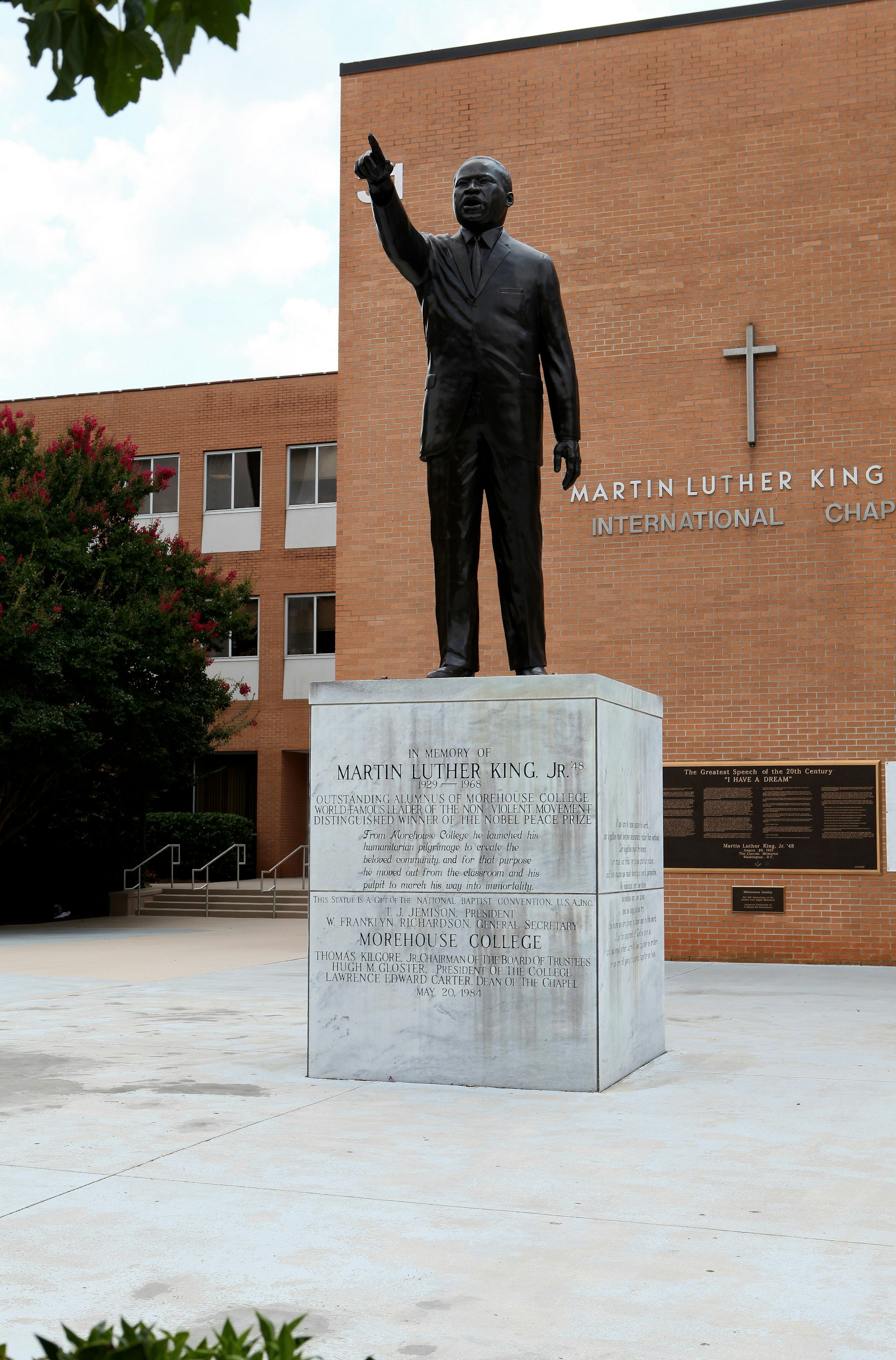
Morehouse College – Atlanta, Georgia
From humble beginnings in the basement of a Baptist Church in Atlanta, Morehouse College has grown to produce some of the most prominent Black men in the country.
Founded in 1867 as Augusta Institute, it was later renamed to Springfield Baptist Seminary in 1879, the Atlanta Baptist College in 1897 before finally changing (and sticking) to Morehouse College to honor Henry Lyman Morehouse, corresponding secretary of American Baptist Home Mission.
It is the only four-year male liberal arts HBCU in the country.
He is perhaps Morehouse’s most globally-known graduate, Dr. Martin Lurther King Jr. matriculated at Morehouse at the age of 15 in 1944. The seeds of the remarkable life he would go on to live are evident on a tour of his college campus.
The Morehouse College Martin Luther King Jr. Collection spans the Civil Rights activist’s life from 1944 to 1968. There are approximately 10,000 personal effects that include handwritten notes, sermons and manuscripts. There are even 1,100 books from King’s library, some with King’s handwritten annotations.
One of King’s mentors, Howard Thurman, an author, philosopher and Civil Rights activist, is also honored with a stunning obelisk at the main entrance of the Martin Luther King, Jr. International Chapel.
Distinguished Morehouse Men: Dr. Martin Luther King Jr., Spike Lee (director), Walter E. Massey (first Black mayor of Atlanta), Samuel L. Jackson (actor), Rev. Raphael Warnock (US Senator).
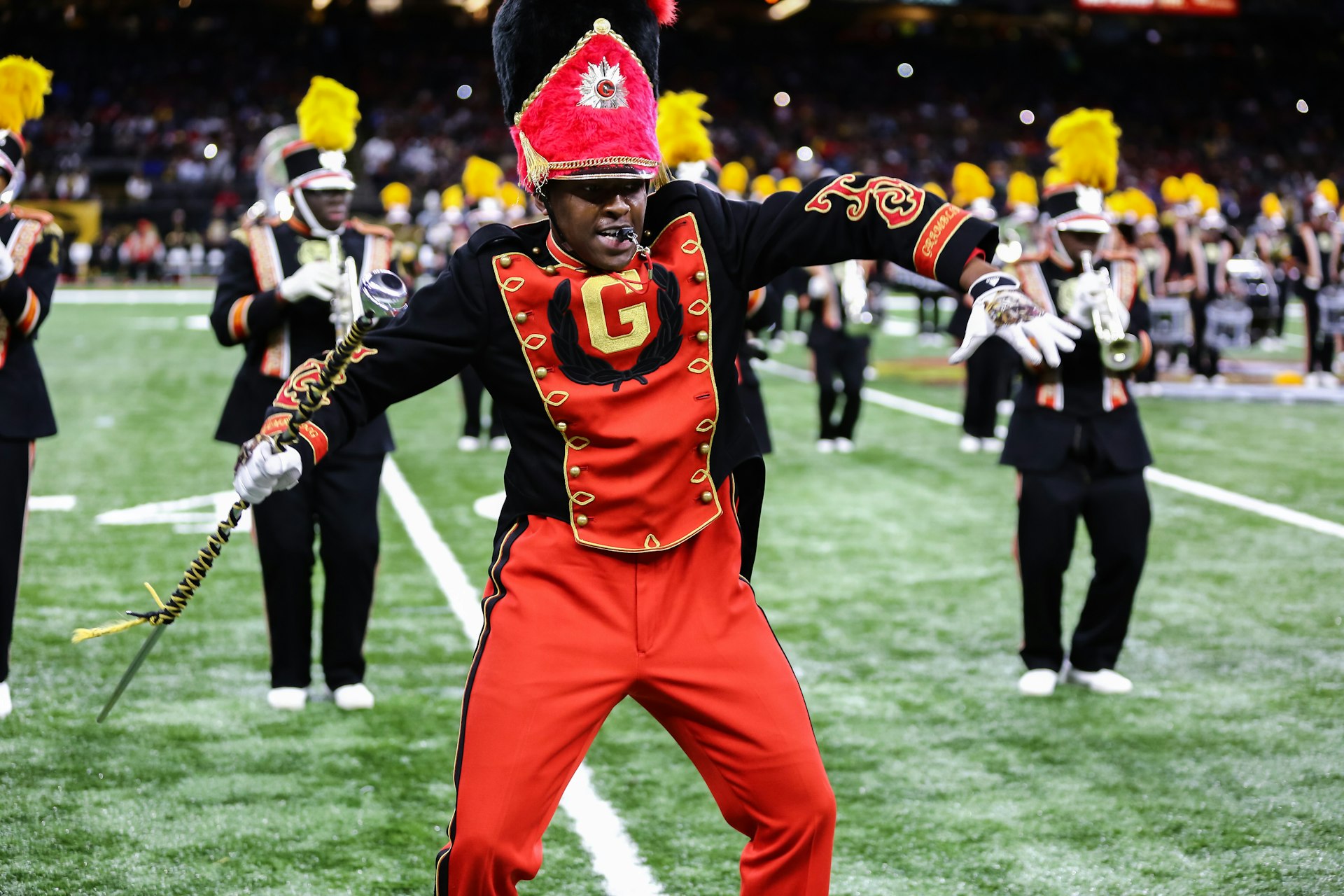
Grambling State University – Grambling, Louisiana
Spurred by a collection of Black farmers looking to bring a school of higher education to northern Louisiana, the Colored Industrial and Agricultural school was established in 1901. From 1939 to 1960 it was the only college for Black people in the region.
The school eventually settled on the name Grambling College in 1946; named after P.G. Grambling a white sawmill owner who donated the land the school was constructed on.
The 375-acre campus is located in the small town of Grambling, 60 miles east of Shreveport.
For 55 seasons, Eddie G. Robinson roamed the sidelines as head coach of the Grambling Tigers. He was the first football coach to top 400 games and became the NCAA Division I all-time winningest coach at 408-165-15. Robinson has sent more than 200 players to the NFL, among them was Doug Williams who became the first black quarterback to start and win a Super Bowl (Super Bowl XXII).
The Eddie G. Robinson Museum celebrates the football legend. It’s filled with pictures, jerseys, football memorabilia and a large bronze statue of Robinson. The museum also acknowledges the GSU Tiger Marching Band, which has been shutting down halftime shows for years. The band even performed at the first Super Bowl in 1967.
Distinguished alumni: Willis Reed (NBA Hall of Famer); Charles M. Blow (New York Times columnist), Cedric Glover (First Black mayor of Shreveport, Louisiana).
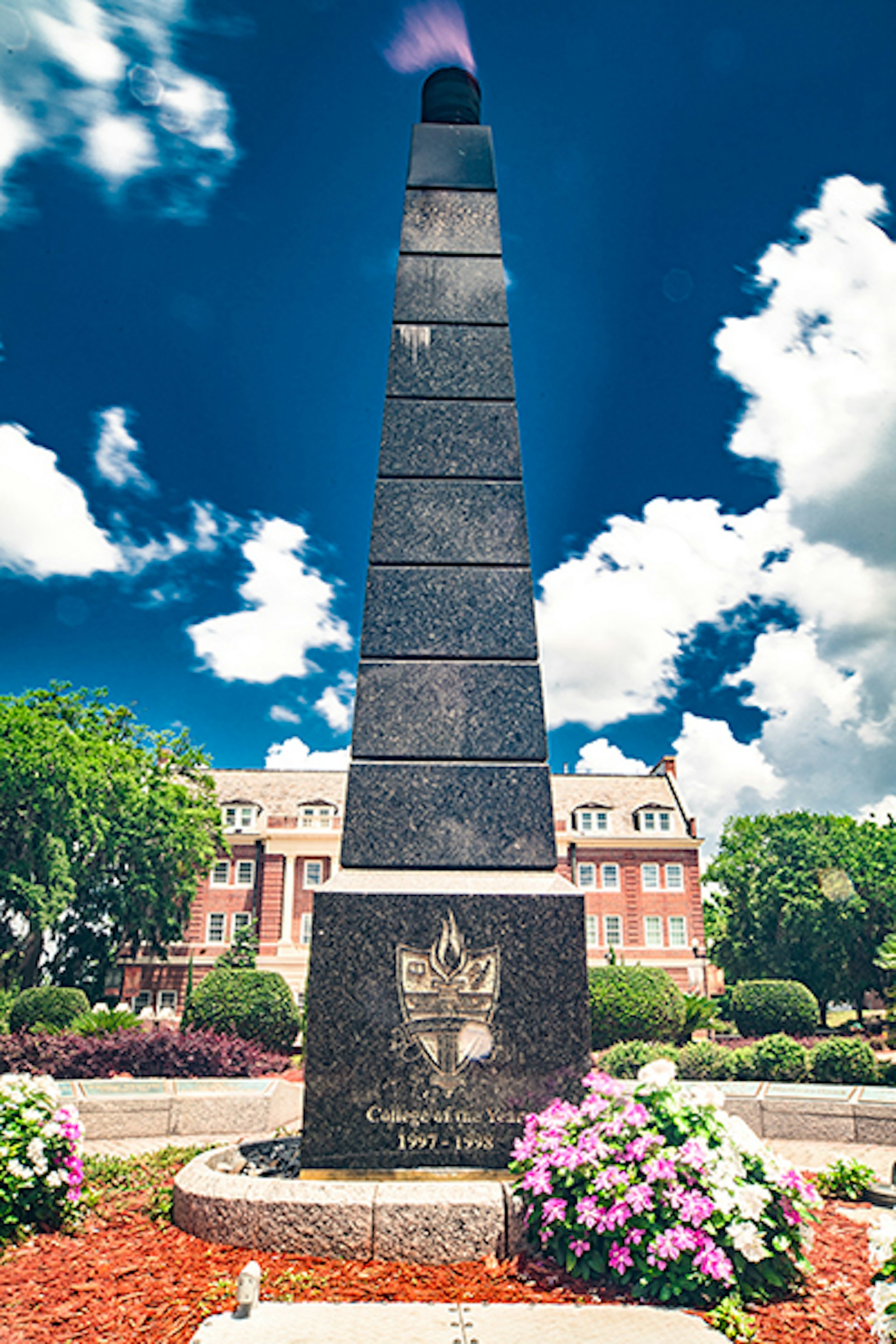
Florida A&M University – Tallahassee, Florida
What began with 15 students and two instructors in 1887 has blossomed into the third-largest HBCU (based on enrollment) in the nation. Florida A&M, or FAMU for short, is the only public HBCU in Florida.
Its 422 acres on the “highest hill” in Tallahassee welcome nearly 11,000 students from around the world.
At the center of FAMU’s campus stands the Eternal Flame. The granite monument burns 24-hours a day and represents the “fire and spirit” of the FAMU student. It was erected in 1997 in celebration of FAMU being named Time Magazine Princeton Review’s College of the Year. Over the years, the Eternal Flame has become a place where the school celebrates and honors the lives of Rattlers past and present.
Distinguished alumni: Althea Gibson (first Black woman to win a Wimbledon singles title), Dr. LaSalle D. Leffall, Jr. (first Black president of the American Cancer Society); Carrie Meek (the first Black woman from Florida elected to US House of Representatives).
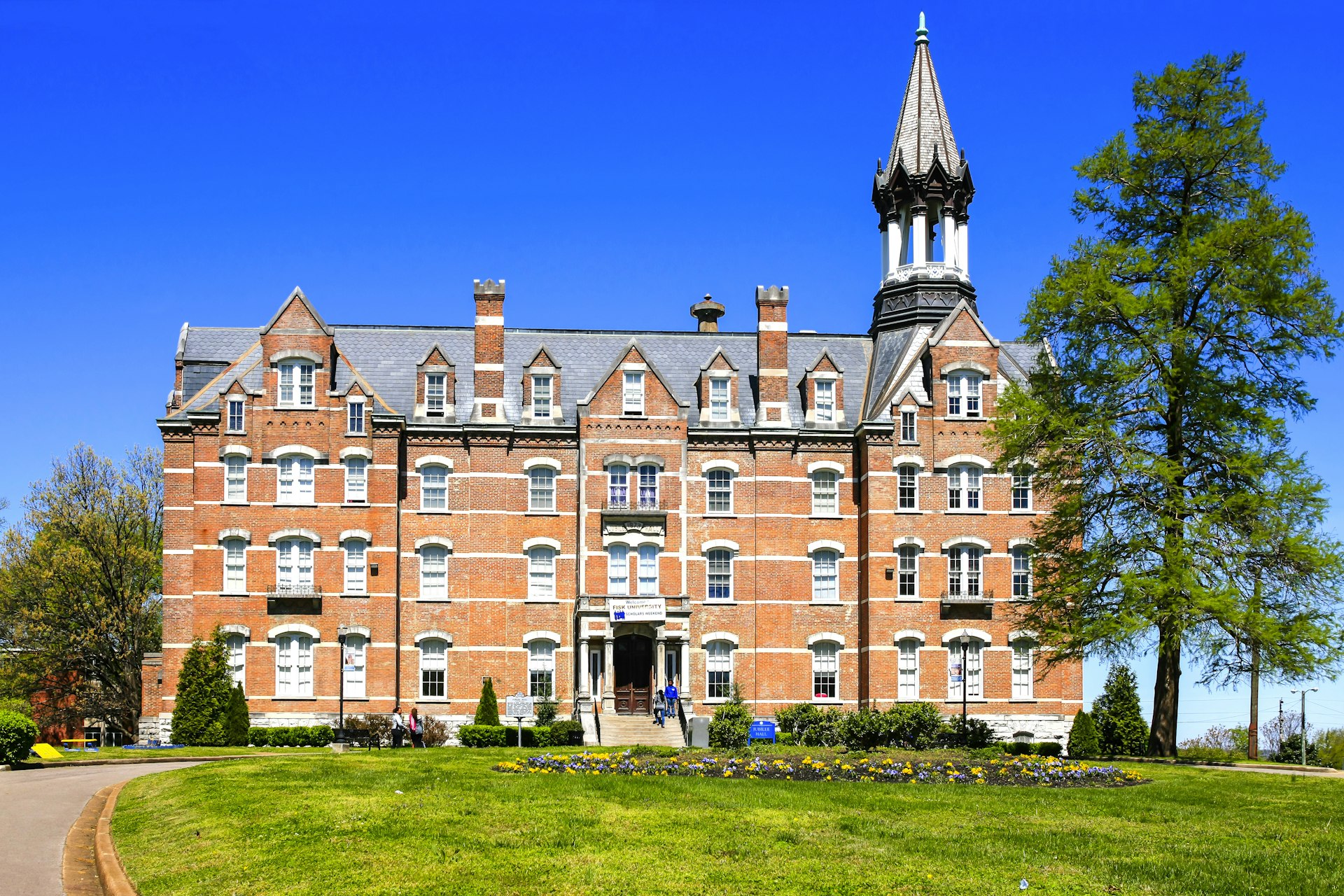
Fisk University – Nashville, Tennessee
Founded in 1866, Fisk University is one of the oldest institutions for higher learning in Nashville.
The oldest academic building on the 40-acre campus is Jubilee Hall, named after the famed Fisk Jubilee Singers who were an integral part of keeping the school open. The singing group traveled throughout the United States and Europe bringing awareness and money to Fisk.
The striking Victorian gothic building was constructed in 1876 and entirely from the money raised by the Jubilee Singers.
Another pair of worthwhile spots on campus are the Carl Van Vechten Gallery and the Aaron Douglas Gallery. Over 4,000 pieces which span centuries and the globe are housed in the galleries’ permanent collections.
A few of the acclaimed artists whose work has been on display include Georgia O’Keeffe, Pablo Picasso and Paul Cezanne. The galleries have also hosted numerous exhibitions that highlighted Black artists.
Distinguished alumni: Diane Nash (Civil Rights activist), Nikki Giovanni (poet), John Lewis (Civil Rights activist and former U.S. Representative from Georgia).
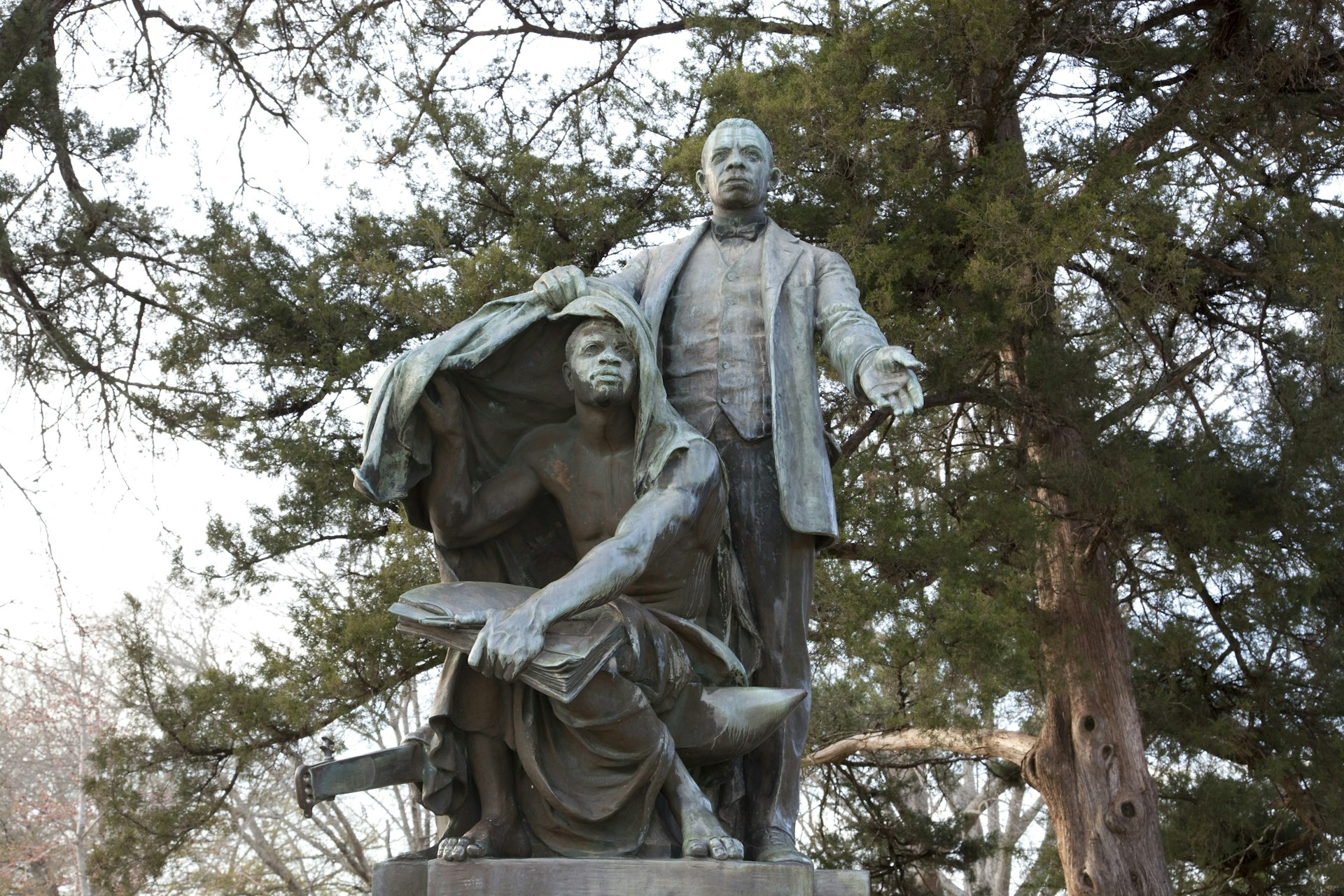
Tuskegee University – Tuskegee, Alabama
From the dreams of its founders – Lewis Adams, a formerly enslaved man and community leader, George Campbell, a former slaveholder and businessman, and later, Booker T. Washington, an educator and intellectual – the great Tuskegee University came to be in 1881.
The sprawling 5,000 acres (40 miles from Montgomery) houses over 100 buildings and monuments, none more important than “The Lifting the Veil of Ignorance”. The gripping statue depicts Washington lifting “the veil of ignorance” from the head of an enslaved man. It was designed by Charles Keck and unveiled in 1922.
There are four museums – The Dr. George Washington Carver Museum, The Booker T. Washington Home - The Oaks, The Tuskegee Airmen Museum and The Legacy Museum – located on Tuskegee’s campus.
The Legacy Museum is dedicated to the 599 participants of “The Tuskegee Study of Untreated Syphilis in the Negro Male” and sheds light on other major moments in public health and science in the US.
The museum opened in 2009 and features two floors of exhibition space, which include collections on Henrietta Lacks, the woman whose unique cells (HeLa) were instrumental in the significant advancements in the medical field. There’s even a new collection based on COVID-19’s impact on the Black community.
Before heading home, remember to pay your respects at the Tuskegee University Campus Cemetery where Washington and Carver are both buried.
Distinguished alumni: Ralph Ellison (author), General Daniel “Chappie” James (first Black four-star General), Lionel Riche (singer).
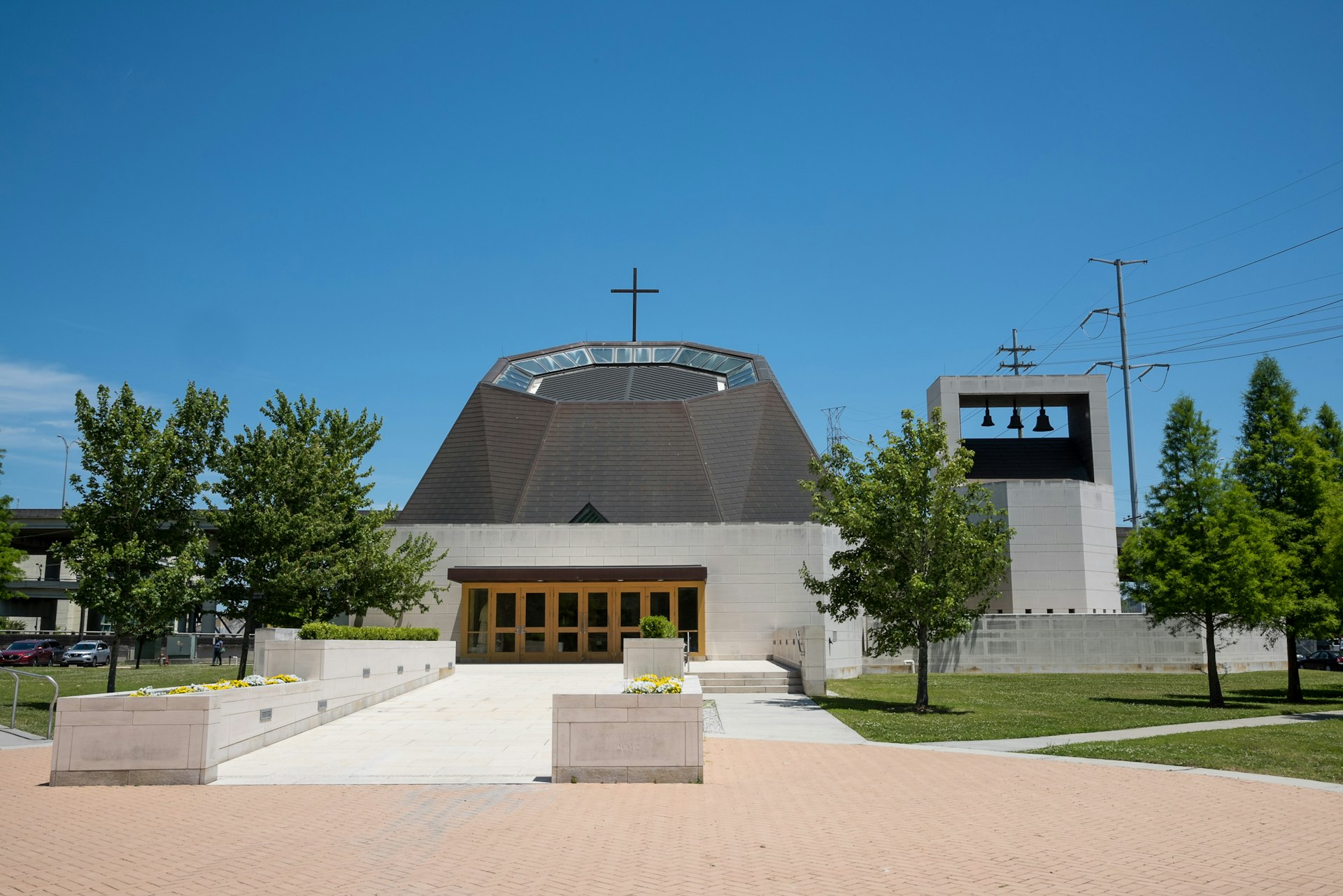
Xavier University of Louisiana – New Orleans
In 1915, Mother Katharine Drexel, a former Philadelphia socialite and founder of Sisters of the Blessed Sacrament, started a school for African and Native Americans in New Orleans. The school officially became the Xavier University of Louisiana in 1925. It is the only Catholic HBCU in the United States.
Drexel was later canonized a Saint of the Roman Catholic Church by Pope John Paul II in 2000. She was the second American (and first U.S. citizen) to receive the honor.
The St. Katharine Drexel Chapel is a unique and beautiful structure in honor of the school’s founder. The roof is a large limestone octagon with a 15-foot cross in the middle. The base of the church is white limestone.
For those with an eye for art, visit any of the three campus galleries - The Chapel Gallery, Cafè Noir or the Art Village Gallery.
Don’t forget to look up when walking around the campus, XULA’s bright green roofs earned the school the nickname “The Emerald City”.
Distinguished alumni: Ernest Nathan Morial (first Black mayor of New Orleans), John T. Scott (sculptor, painter, printmaker), Alexis Herman (first Black U.S. Secretary of Labor).
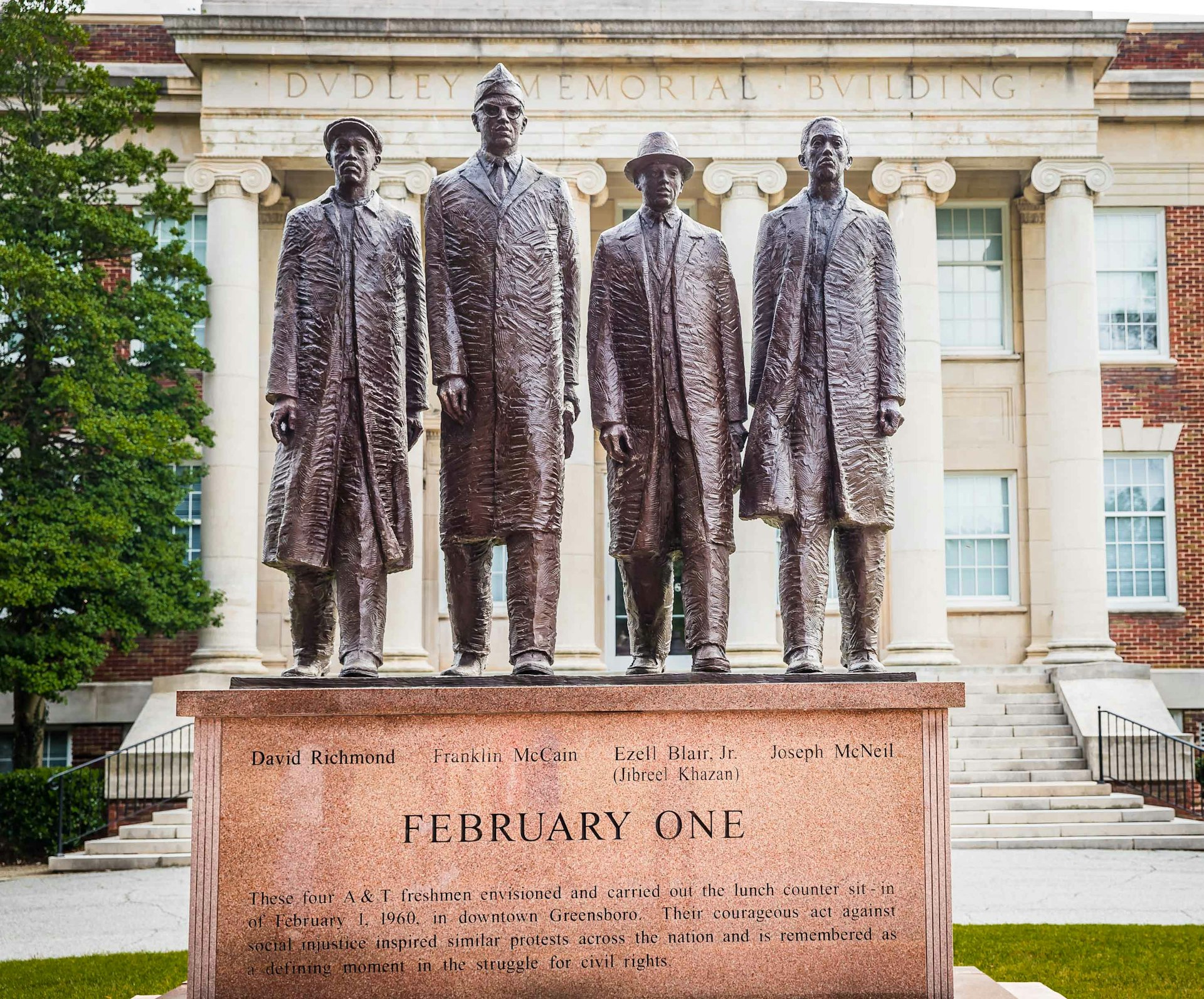
North Carolina A&T State University – Greensboro, NC
With close to 13,000 students, North Carolina A&T State University is the largest HBCU (based on enrollment) in the United States.
Founded in 1891, the 188-acre campus is just nine blocks from downtown Greensboro. There’s a 492-acre working farm, an 88-foot clock tower and of course history.
The iconic Dudley Memorial Building with its massive stone columns was first constructed in 1893 but was destroyed by a fire in 1930.
A year later, a second Dudley building was erected and it went on to serve as office space for the top administrators, a library, an auditorium, the financial aid office and much more. Today, its first floor houses the Mattye Reed African Heritage and H.Clinton Taylor art galleries.
The Mattye Collection is “dedicated to the ancestral and contemporary arts of Africa and the Caribbean” while the H. Clinton Taylor Collection “centers on the work of both emerging and established African American artists.”
Standing right outside the Dudley Building is a statute of the Greensboro Four. Just freshmen on Feb. 1, 1960, Ezell Blair Jr. (Jibreel Khazan), Franklin McCain, Joseph McNeil and David Richmond marched to the local Woolworth (Now the International Civil Rights Center & Museum) and sat at the lunch counter looking to be served.
They were not and the four men returned again and again, each time with more students, sparking a national movement and ultimately desegregation. The life-size statue serves as a testament to the power of young people.
Distinguished alumni: Ronald McNair (NASA astronaut who died on the Space Shuttle Challenger), Jesse Jackson (Civil Rights activist, politician), Elvin Bethea (Pro Football Hall of Famer).
You might also like:
The most essential US Civil Rights sites in the South
15 books by black female travel writers everyone should read
Historic black history locations you should visit in the US

